Part 6 : "Nikomat FTN"
Nikomat FT had been modified sometimes

The great popularity of the Nikomat FT camera, which was compatible with the interchangeable lenses for Nikon F, didn't stop its creators from improving it up to the end of its production run.
One improvement involved the frame counter window between shutter release button and film advance lever on the topcover.
On early FT models, a flat clear plastic convex lens was pasted on the top cover.
This cover, however, looked cheap and was prone to scratches from the retracting action of the film advance lever.
Addition of a metallic ring around the frame counter window improved frame counter appearance and prevented scratching of the cover.
The Nikomat FT was also the first camera with a film advance lever that also functioned as an exposure meter switch.
This clever "lever-switch" mechanism, which required no other operating meter switch parts, prevented the exposure meter from being left on when not in use.
Even as of June 1999, this mechanism is still in use with the Nikon FM2 (FM2N, New FM2), which was first produced in 1984.
TTL (Through The Lens) metering and lens maximum aperture
The Nikomat FTN (Photo. 1 at top), an upgrade of the Nikomat FT, came to market in 1967.
Lens maximum aperture compensation was the most important challenge in developing the Nikomat FTN.
The meter coupling shoe on a F-mount Nikkor lens enabled TTL metering at full aperture, but also posed a problem.
TTL metering measures light through the lens.
Given constant external brightness, the amount of light sensed by the exposure meter depends on the maximum aperture of the lens in use.
Half of the light passing through a f / 2 lens passes through a f / 2.8 lens, for example.
Therefore, TTL measurement requires two(2) types of information :
- 1.information about aperture value set on the lens (sent via the meter coupling shoe), and
- 2.lens maximum aperture.
These two(2) types of information don't have to be sent to the meter system independently.
Actually, in the "AI system" introduced in 1977, a combined amount is sent to a camera.
Thus, information sent via the meter coupling shoe was not enough for built-in TTL exposure metering.
A Nikomat FT user had to set the maximum aperture index to film speed scale every time he changed the lens.
Other camera makers renewed their interchangeable lens systems for SLR cameras with TTL full-aperture metering system, providing lenses with meter coupling shoes.
The newly designed meter coupling shoe sent information about both lens aperture value and lens maximum aperture, eliminating the need to set maximum aperture indices.
Nippon Kogaku had the foresight to provide meter coupling shoes with Nikkor lenses, making TTL measurement possible with conventional lenses without any change or modification in the lenses.
But although this was convenient for conventional applications, other manufacturers' systems might have been more suitable for new users.
So Nikomat designers at all times considered how to simplify troublesome maximum aperture indexing operations without drastically changing Nikkor lens systems.
Birth of "Click-Click" Maximum Aperture Indexing
This problem seemed intractable until Nippon Kogaku designers finally found the clue to a solution.
With all Nikkor lenses, aperture value is f / 5.6 with the meter coupling shoe in the 12-o'clock position.
Rotating the aperture ring clockwise to the limits opened the aperture to the maximum.
If a user always set maximum aperture with the lens aperture ring every time he changes the lens, the meter coupling mechanism might "memorize" the degree of lens aperture ring rotation at a point from f / 5.6 up to maximum aperture.
Nippon Kogaku designers introduced a double ring that sends lens aperture data to the exposure meter, by changing the resistance value of the variable resister in the exposure meter circuit, and coupled this special ring system with saw-toothed ratchet and shoe.
The shoe fell into the ratchet, and the shoe position sent information about degree of aperture ring rotation to the meter coupling mechanism.
This information was mechanically memorized in the meter system.
A photographer should reset the previously set value before performing maximum aperture indexing.
Nippon Kogaku designers intended to design the mechanism in such a way that rotating the lens aperture ring to minimum, then maximum setting released the shoe from the ratchet, set the maximum aperture of the newly attached lens and then the shoe-releasing mechanism would lock until the lens was detached.
A user could thereby perform maximum aperture indexing by rotating the lens aperture ring to one end, then back to the other end after mounting the lens.
In considering the optimal location for the lock mechanism, Nippon Kogaku designers devoted themselves tirelessly to examining the action of the lens aperture ring and the body's meter coupling ring.
Two(2) facts about the aperture coupling shoe attracted their attention :
it had a conical head.
it was located near the camera body name plate.
The designers found that they might lock the shoe-releasing mechanism by rotating the aperture ring so that it rode over the conical head of the aperture coupling shoe, and that the reset mechanism fit behind the name plate.
Thus, semi-automatic maximum aperture indexing, called "Click-Click" operation, was developed for the Nikomat FTN.
The reset mechanism was stored inside the newly-thickened name plate (Photo 2.).
The reset mechanism was coupled to the exposed ratchet shoe of the aperture coupling ring (Photo 3., see arrow).
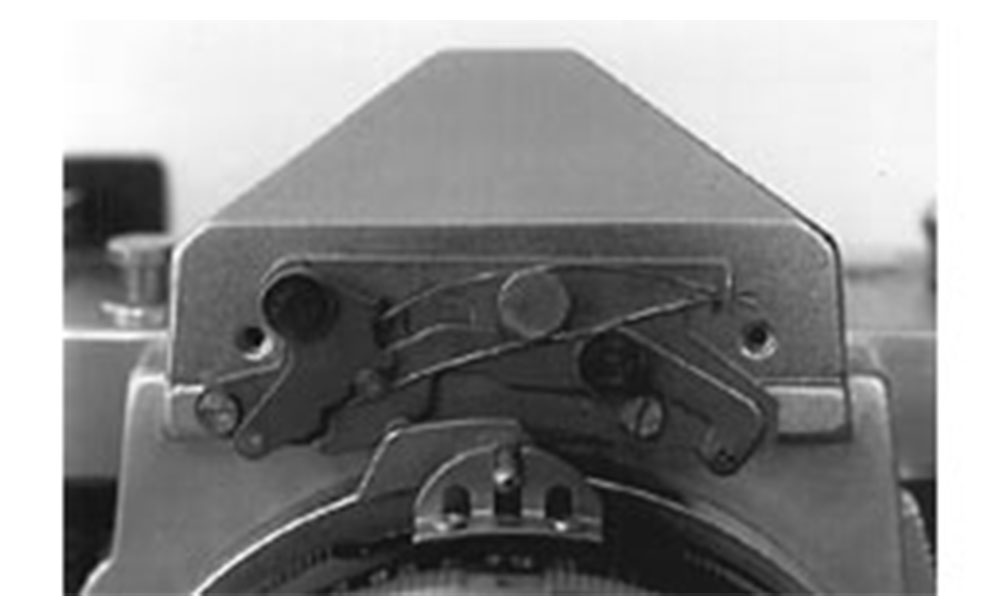
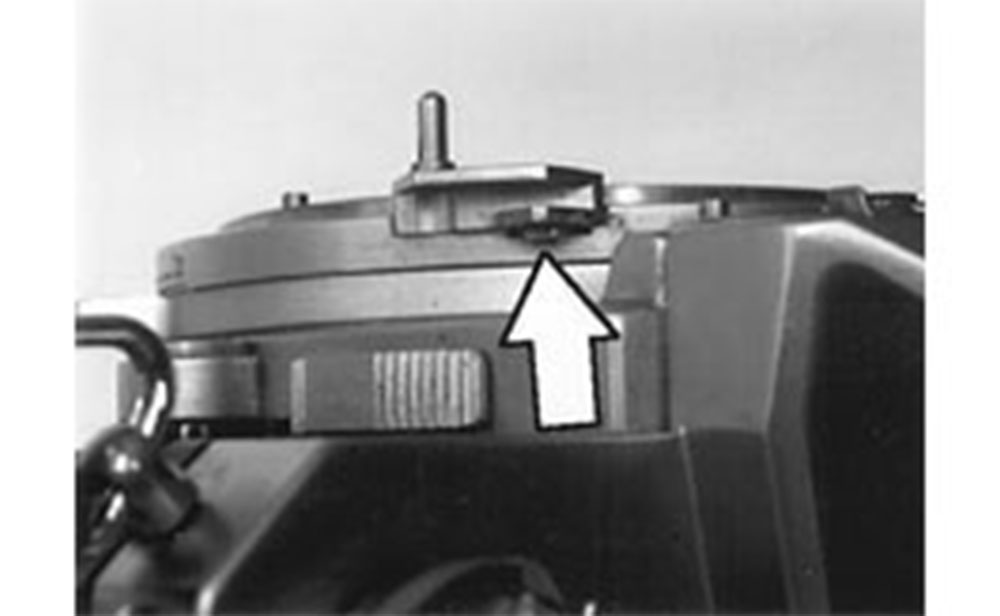
In the finished products, a shoe-releasing mechanism was locked by a projecting part on the back of the coupling ring pin, not the conical head of the aperture coupling shoe.
With the Photomic Finder of Nikon F and Nikon F2, which succeeded the Nikomat FTN, the conical head of the aperture coupling shoe was used to reset the previous aperture value for maximum aperture indexing.
Nippon Kogaku achieved something great, to the delight of photographers : sending lens maximum aperture information easily to the camera body without modifying conventional Nikkor lenses.
In 1977, after 10 years, however, Nippon Kogaku modified the Nikkor lens system and introduced AI (Automatic Maximum Aperture Indexing) Nikkor lenses.
Although I generally don't approve of considering "what if" in history, I sometimes try to imagine how different things would be if Nippon Kogaku had introduced an "AI system" earlier without developing the "Click-Click" operation.
Center-Weighted Metering
One more Nikomat FTN improvement was to concentrate exposure meter sensitivity.
The FT used "Whole Average Metering", but the FTN applied "Center-Weighted Metering".
Center-Weighted Metering was featured in the Nikon F Photomic TN released in the same year.
Initially, with the Nikon TTL metering system, a condenser lens in front of light sensor prevented light from viewfinder eyepiece from affecting the exposure.
For Center-Weighted Metering, an aperture plate was added and most of the meter's sensitivity concentrated on the center area.
Correct exposure was thereby attainable even for a scene with a bright sky, for example, if bright subjects fell outside of the center area.
Moreover, in theory, with TTL metering, brightness on the sensor varied according to lens maximum aperture as long as subject brightness remained unchanged.
In practice, however, light rays diffused by the focusing screen were picked up from the side, then sent to the sensor.
Considering such variables as focusing screen dispersion characteristics, lens exit pupil position and other factors, brightness on the sensor is not exactly proportional to maximum lens aperture.
An f / 2.8 lens may not always pass half as much light as an f / 2 lens onto the light sensor.
In fact, positions of maximum aperture correction indices were determined by experimenting with the Nikomat FT and Nikon F Photomic T, not by theory.
With Center-Weighted Metering, brightness on the sensor is theoretically proportional to lens maximum aperture.
It is not too much to say that the Center-Weighted Metering realized "Click-Click" maximum aperture indexing.
Small-scale improvements
Nikomat series SLR cameras with TTL metering came closer to perfection with the FTN.
In fact, the Nikomat FTN helped make Nikon cameras more popular than ever before.
The Nikomat FTN continued to be manufactured for around eight (8) years, undergoing many small improvements before being replaced by the Nikomat FT2 in 1975.
For the sake of appearance, grain of the leather cover was changed, a stainless steel bush was added to prevent the metal strap eyelet from becoming worn away, a slip-on screw was attached to the shutter release button, etc.

Most remarkably, a plastic pad was attached to the film advance and self-timer levers.
These plastic pads were initially featured on the Nikon F2 (marketed in 1971), then on the lower-priced FTN camera.
Some parts inside the FTN body were also improved.
At first, only "Type J" focusing screen having matte field with microprism was provided.
The "Type A" screen having matte field with split-image rangefinder became available later.
With the early FTN models, depressing the shutter release button halfway allowed film advance without releasing the shutter ; this shortcoming was eliminated later.
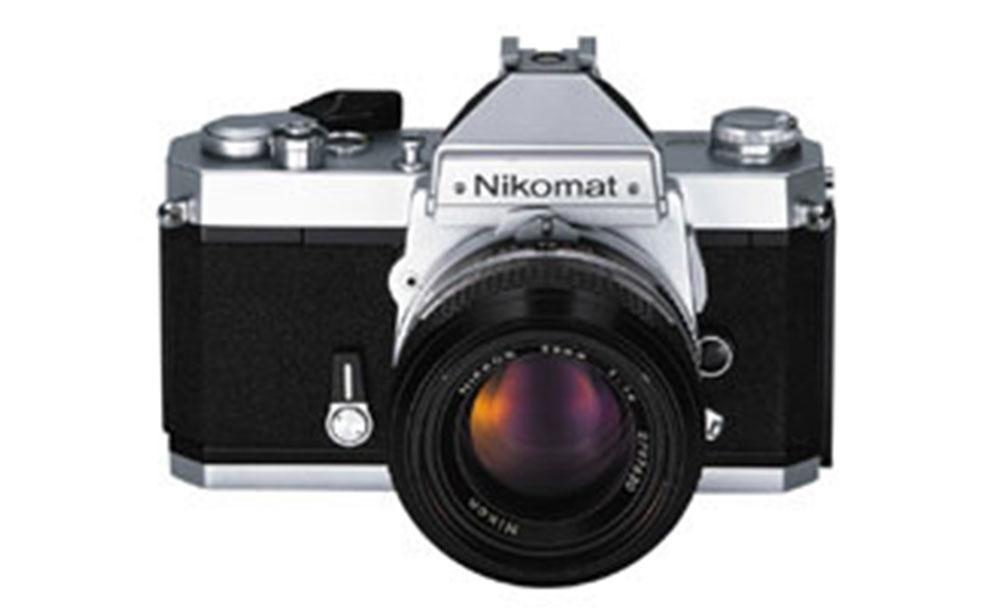
Marketed in March 1975.
Hot shoe was newly attached to the pentaprism finder.
One screw-in type sync terminal was provided.
Time lag system was modified so that time lag was automatically set according to shutter speed setting.

Marketed in March 1977. Based on the FT2, AI (Automatic Maximum Aperture Indexing) system was added.
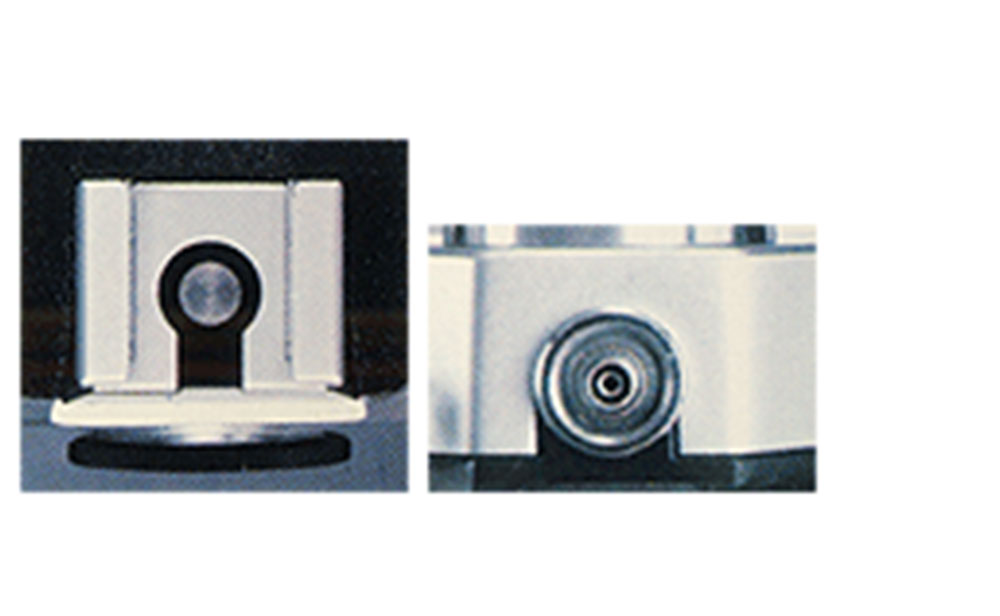
1.55V SR44 silver-oxide battery became power source for exposure meter.
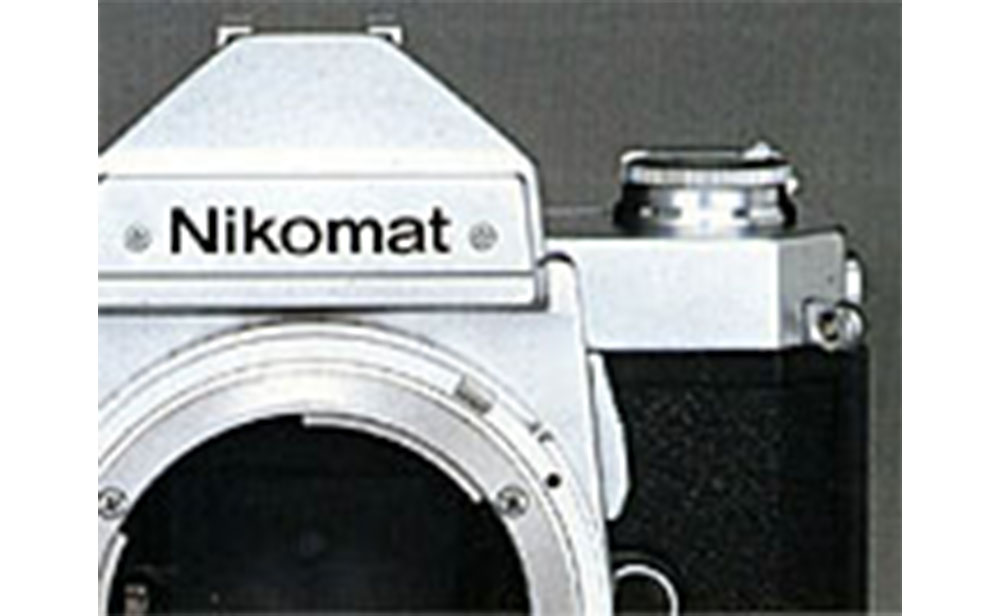
Note
This issue first appeared in "Nikkor Club Quarterly" magazine , published by the Nikkor Club, and was revised for Nikon's webpage.
Products, brands and companies names are trademarks or registered trademarks of their respective companies.
Camera Chronicle
Archives of corporate history subject matter related to Nikon cameras, including rare materials, as well as product photos of cameras and lenses.
